California National Forests Complete Record Number of Prescribed Fire Acres
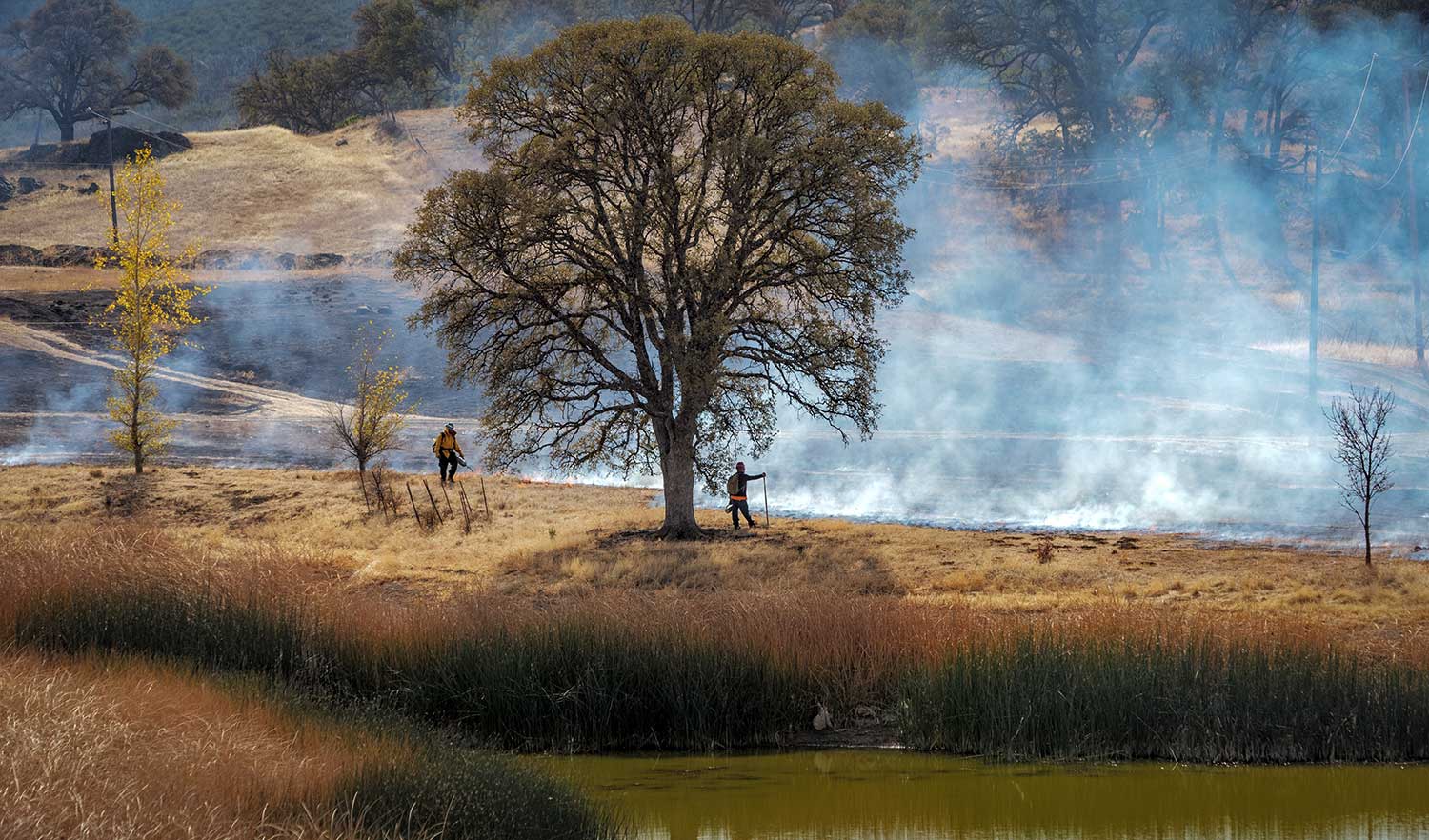
California National Forests Complete Record Number of Prescribed Fire Acres
As of June 24, the USFS has treated 63,878 acres with prescribed fire on national forests in California. The previous record was set in 2018 when 63,711 acres were treated. USFS fire managers are using prescribed fire to reduce hazardous fuels and reduce threats to communities from extreme fires. Reintroducing fire also minimizes the spread of pest insects and disease, recycles nutrients back to the soil, and improves natural conditions for native flora and fauna.
SNC Adopts Five-Year Strategic Plan and Supports Four Forest Resilience Projects
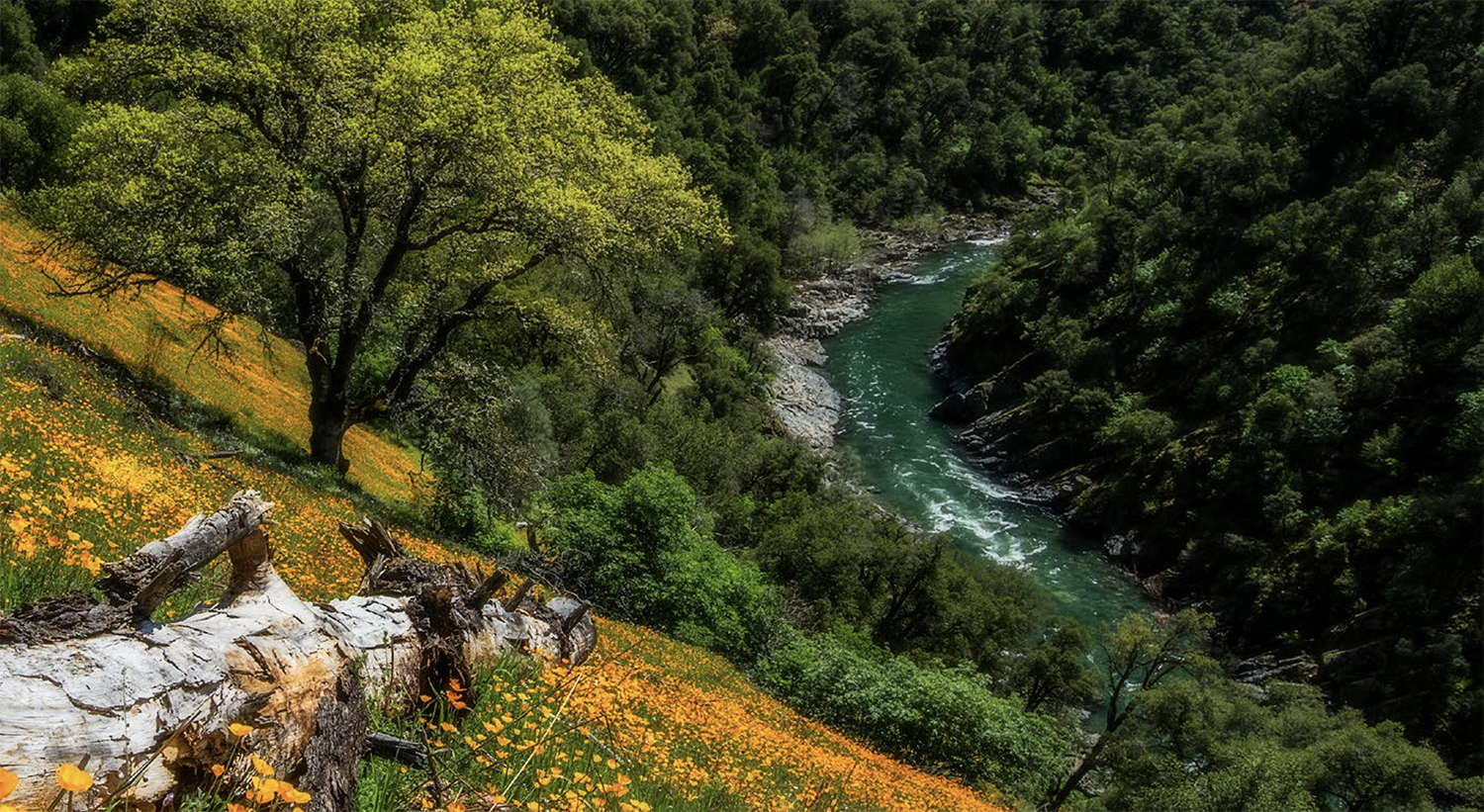
SNC Adopts Five-Year Strategic Plan and Supports Four Forest Resilience Projects
On June 6, the Sierra Nevada Conservancy (SNC) approved a new 2024 Strategic Plan that will guide the development of programs, policies, and actions to improve the environmental, economic, and social well-being of California’s Sierra-Cascade region. Additionally, SNC is awarding $6 million to four different projects to help with the planning and implementation of forest health efforts. All four projects will promote recovery and resilience to disturbances, such as wildfire, in the Sierra-Cascade.
The Next Task Force Meeting is this Friday, July 12th
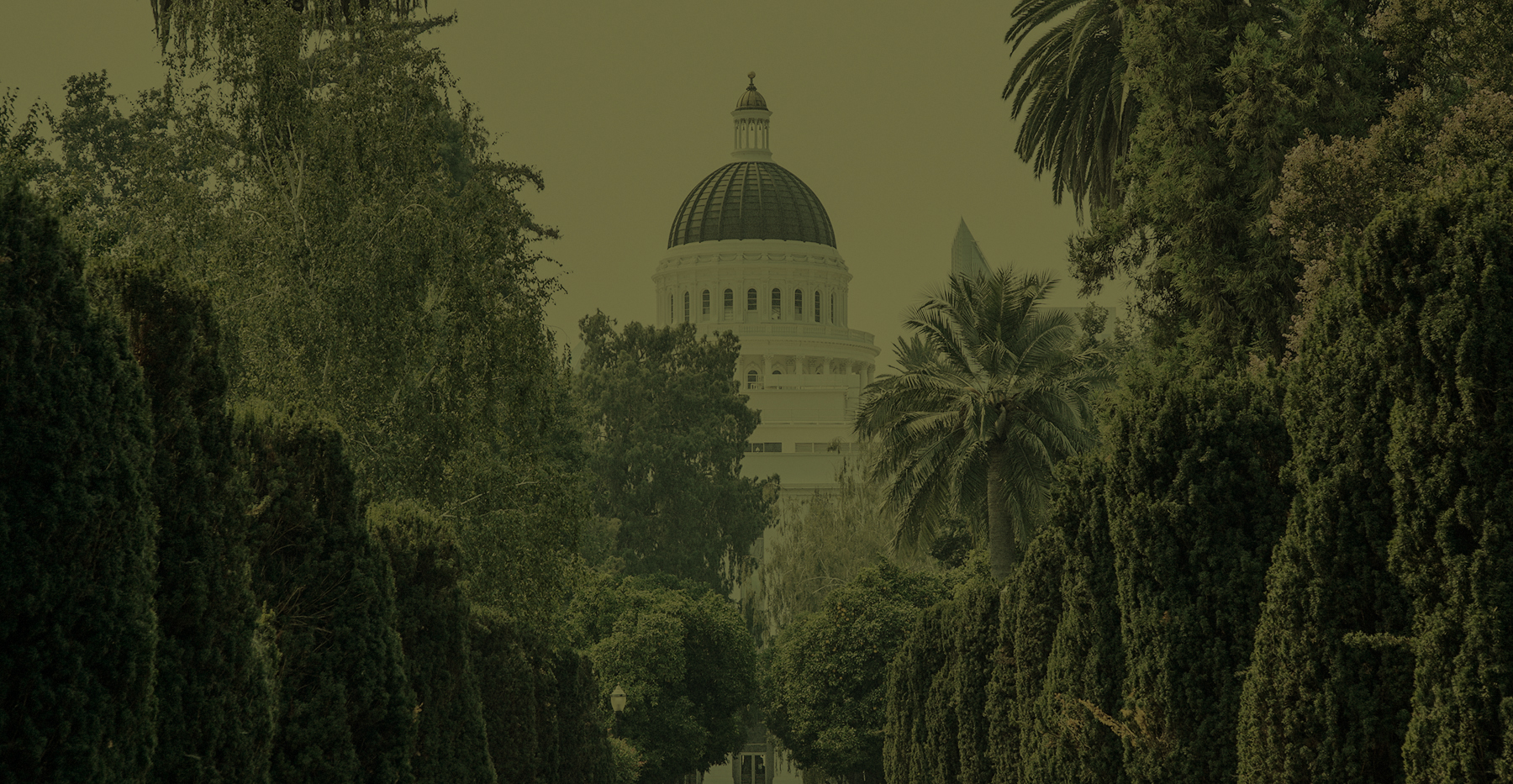
The Next Task Force Meeting is this Friday, July 12th
Join us in person in Sacramento (no registration needed) or remotely via Zoom. The agenda will include an update on the current fire season from CAL FIRE Director Joe Tyler, a report on state and federal budget allocations from Task Force Director Patrick Wright, and a session on aligning and coordinating state, federal and private funding to better support regional priorities.
Friday, July 12, 2024 – 9:00 AM to 12:15 PM
In person: CA Natural Resources Agency Auditorium, 715 P St., Sacramento, CA
Online: Register for Zoom
New Reports on Post-fire Restoration & Public Health Impacts of Wildfire
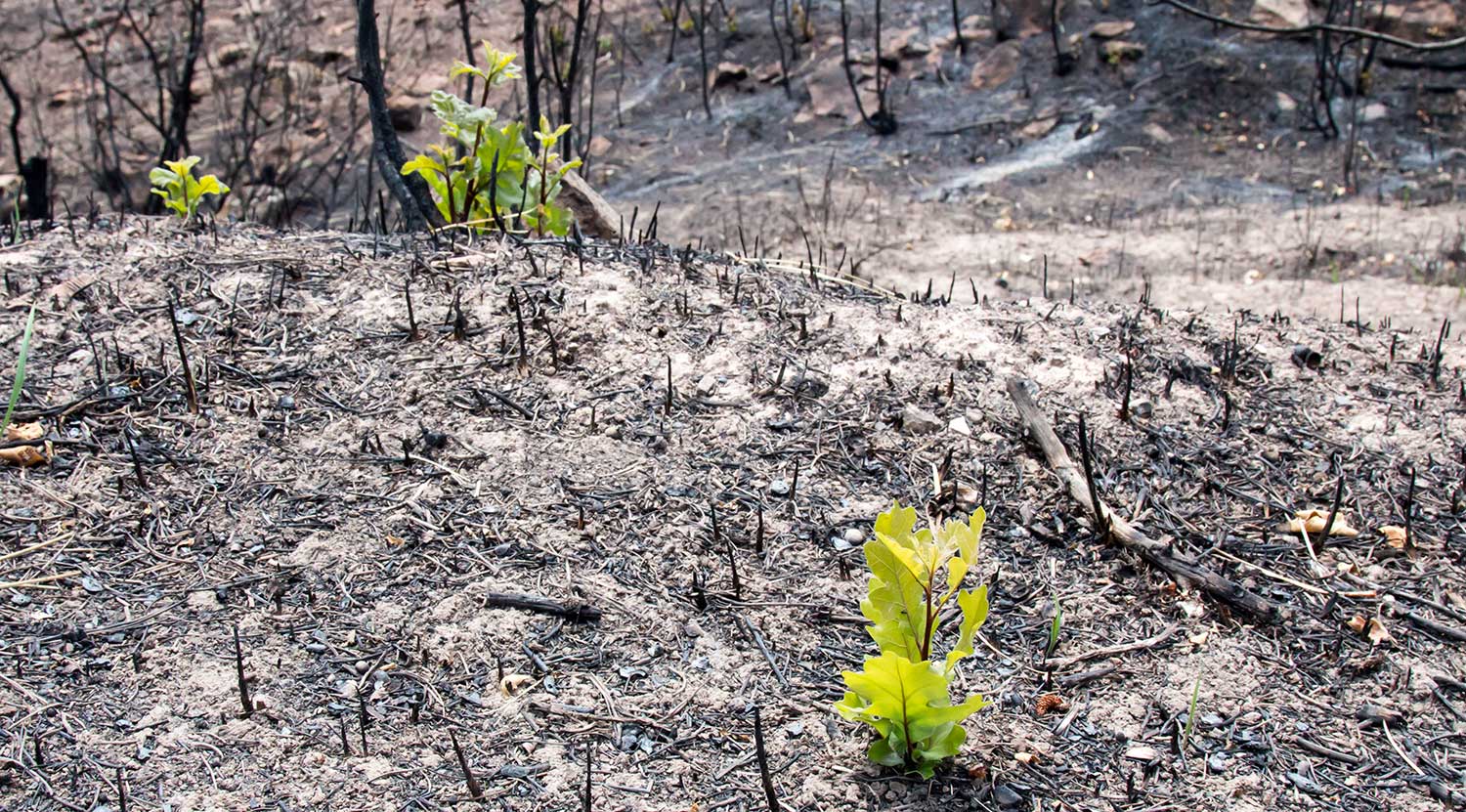
New Reports on Post-fire Restoration & Public Health Impacts of Wildfire
New Report on Emergency Forest Restoration Teams: Small private landowners often lack the funding, expertise, or time to undertake restoration work. To address these barriers, California’s Wildfire and Forest Resilience Action Plan called for the establishment of Emergency Forest Restoration Teams (EFRTs). In June, 2024 a report on lessons learned was released from three pilot EFRTs that were developed in late 2021 in response to the Dixie, Tamarack and Caldor Fires. The report provides key recommendations for future EFRTs to be successful.
New Report on the Public Health Impacts of Wildfire: This new scoping report covers the intersections of wildland fire and public health. Developed by UC Berkeley’s Center for Law, Energy, & the Environment in partnership with the Climate and Wildfire Institute, the report investigates key issues in the physical and mental health impacts of wildfire, provides an overview of the current state and federal policy landscape, and presents key recommendations for future resilience.
CAL FIRE Announces Cutting Edge Scientific Research Grants
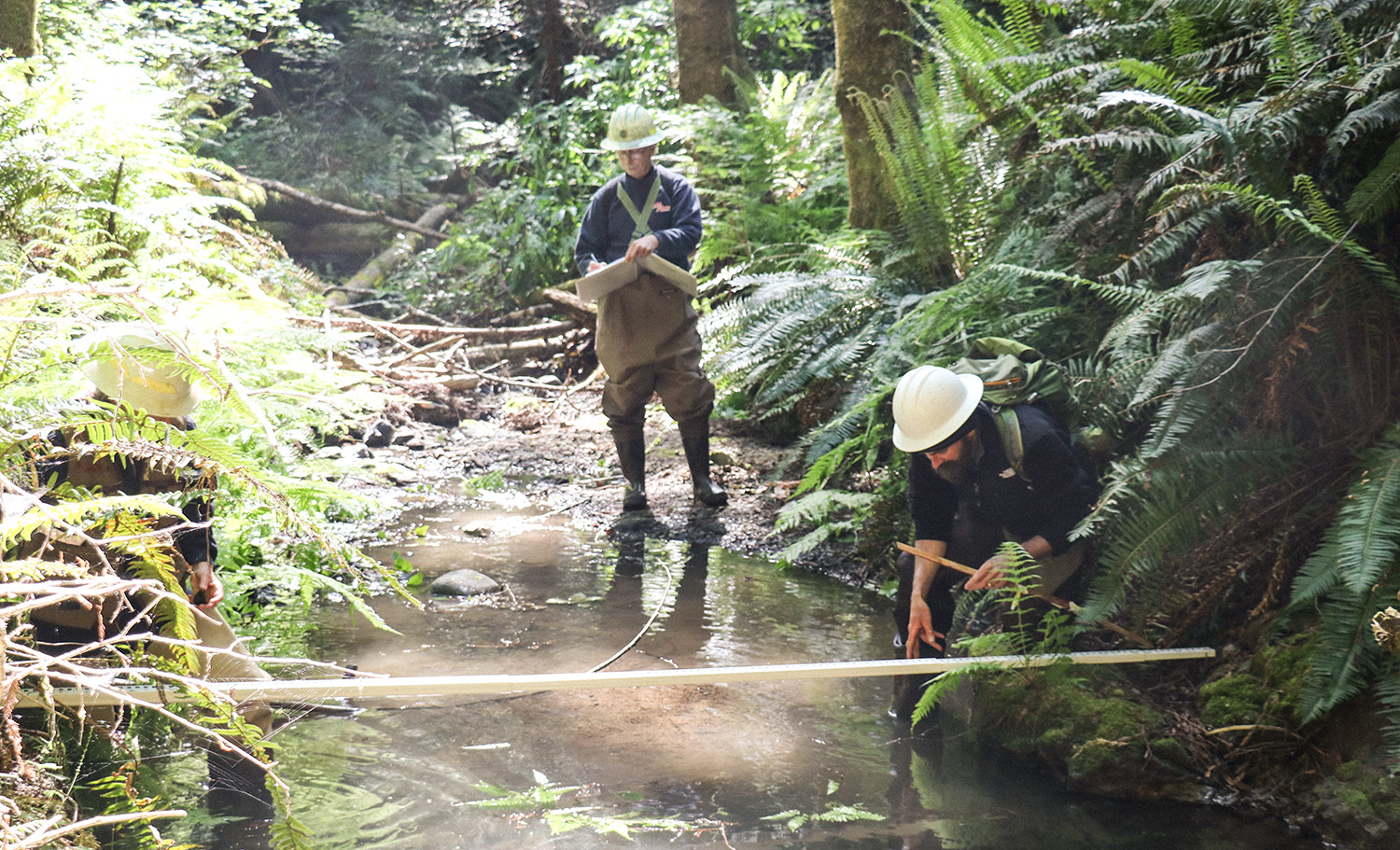
CAL FIRE Announces Cutting Edge Scientific Research Grants
CAL FIRE’s Forest Health Research Program has awarded $4.4 million to support 13 scientific research studies that will improve our understanding of fire severity, post-fire restoration, and effectiveness of forest treatments. The scientific information generated from the program will support the efforts of the California Wildfire and Forest Resilience Task Force and is critical for effective forest and fire management.
Proposed Regulation Aims to Expand Insurance Coverage in High Wildfire Risk Areas
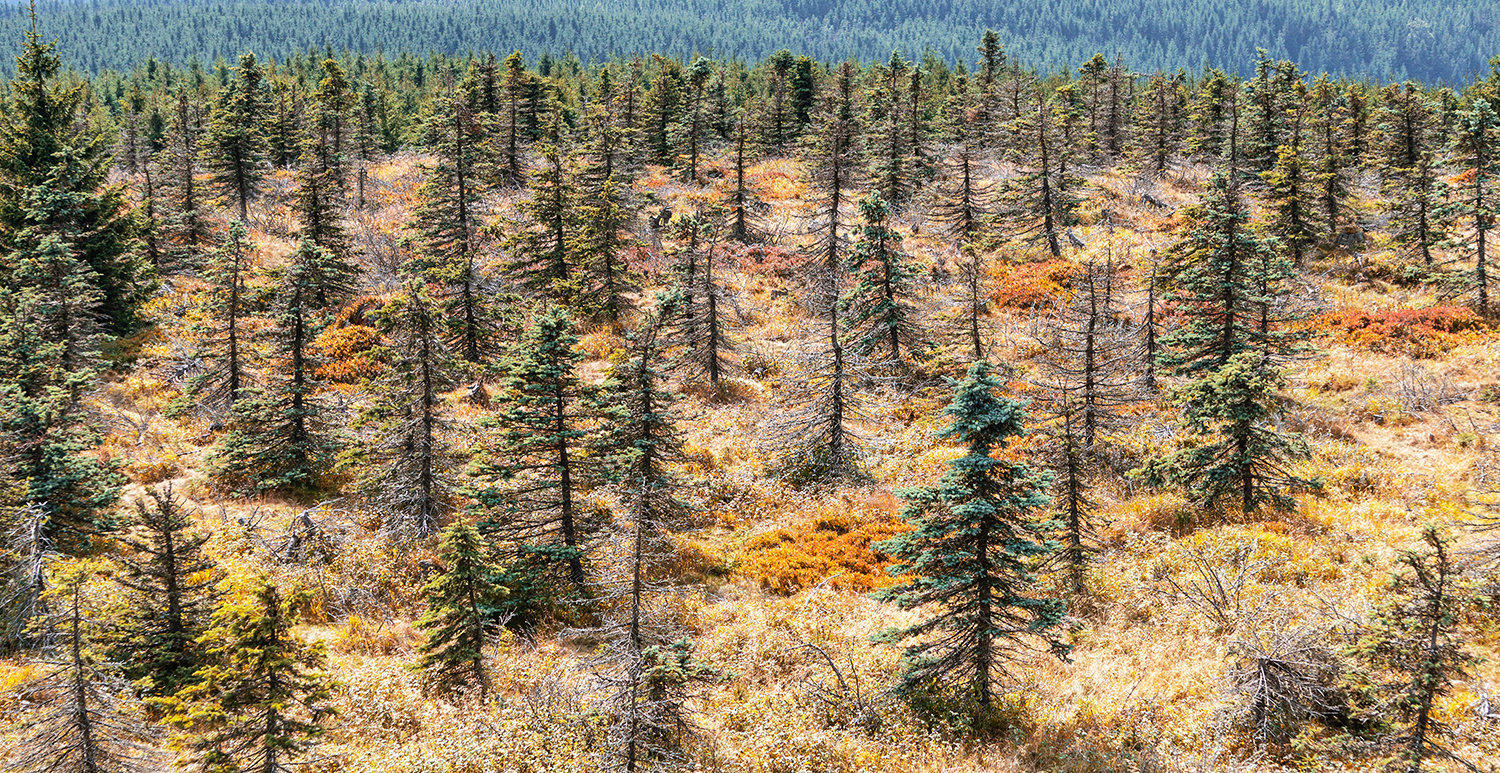
Proposed Regulation Aims to Expand Insurance Coverage in High Wildfire Risk Areas
On June 12, the California Department of Insurance announced a new draft regulation to get more insurance coverage options for Californians in areas particularly threatened by wildfires. This new regulation will require that insurers that use new catastrophe modeling must write more policies in distressed areas, with larger insurance companies required to insure properties in distressed areas at a rate equal to 85% of the insurer’s statewide market share. Governor Newsom provided his support for the regulation, which is part of the Sustainable Insurance Strategy, a package of reforms to strengthen California’s marketplace and maintain strong consumer protections.
NFWF Announces 9 Large Watershed Planning Grants Totaling $53 Million for California National Forests

NFWF Announces 9 Large Watershed Planning Grants Totaling $53 Million for California National Forests
On June 24, the National Fish and Wildlife Foundation (NFWF) announced $53 million in grants to protect and restore forests and watersheds in California using voluntary, targeted headwater resilience planning and monitoring. The grants leverage $31.4 million in matching contributions, for a total conservation impact of $84.4 million. The awards were made possible by a first-of-its-kind agreement between the USDA Forest Service and NFWF. This effort pools multiple funding sources from public and private organizations to meet the level needed for effective landscape-scale projects to tackle California’s wildfire crisis.
Lake County Leverages Federal Support for Local Action
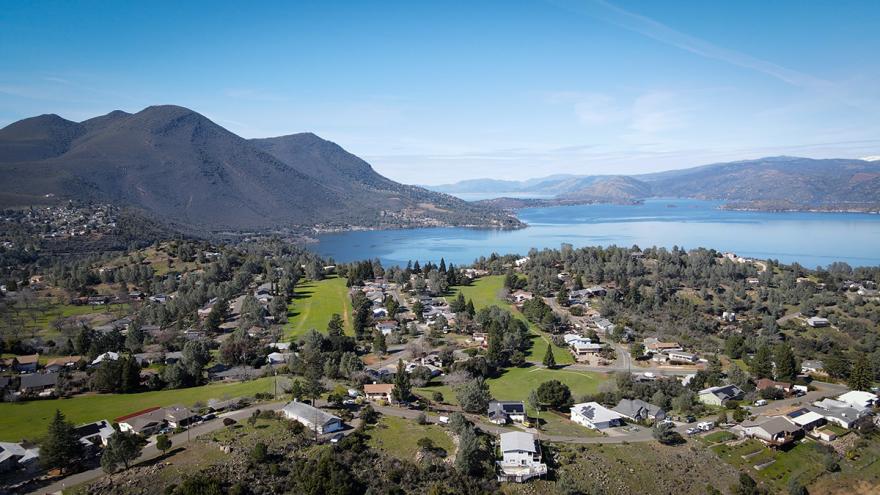
Lake County Leverages Federal Support for Local Action
The Clear Lake Environmental Research Center (CLERC) is utilizing a $9.8 million Community Wildfire Defense Grant from the USFS to give Lake County a much needed boost to reduce wildfire risk. With this grant, CLERC brought together multiple rural fire protection districts to clear overgrown brush from roadsides and support a brush chipping program that assists landowners with vegetation removal from their property. One of CLERC’s foundational principles is to hire local and ensure every dollar stays in the county. This project provides a blueprint on effectively leveraging federal funding to protect high fire risk areas in a way that incorporates place-based expertise and supports local economic growth.
California Leads Nation with 800th Firewise USA Community
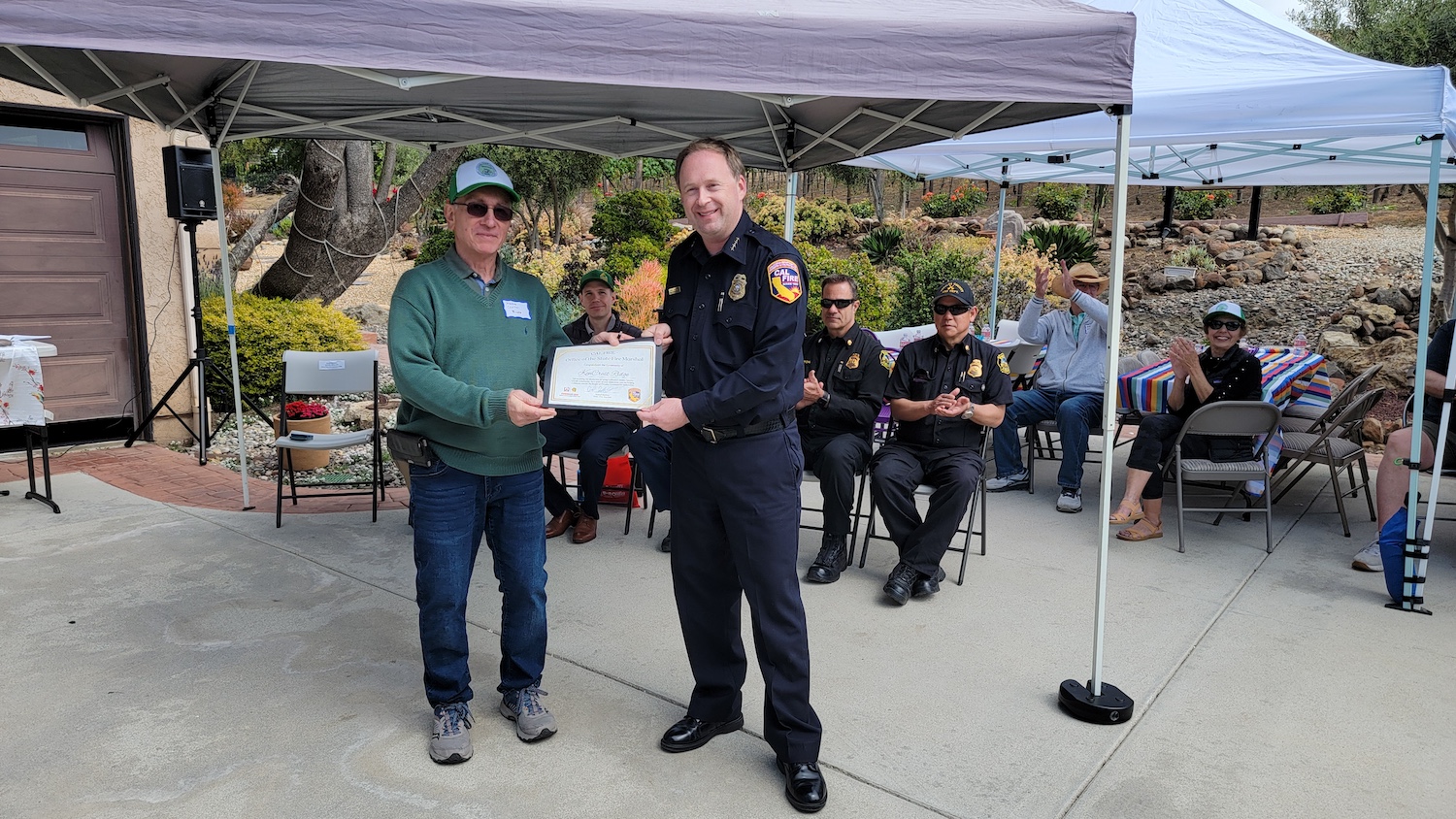
California Leads Nation with 800th Firewise USA Community
On May 18, KenCrest Ridge community in Ventura County became California’s 800th Firewise USA community. Reaching the 800th Firewise community within a year of the 700th community is a major accomplishment statewide, demonstrating the pace California is taking to create more fire-adapted communities. The recognition by the National Fire Protection Association highlights the steps taken by the community to ensure wildfire risk is reduced in their area and that residents are prepared. The KenCrest Ridge community worked closely with CAL FIRE, the Ventura County Fire Department, and the Ventura Regional Fire Safe Council to reach this recognition.
New Pocket Guide Empowers Communities to Collect Seeds and Support Reforestation

New Pocket Guide Empowers Communities to Collect Seeds and Support Reforestation
Seed collection is a critical first step in successful reforestations projects. The new ‘California Cone Hunter’s Pocket Guide’ serves as an in-the-field reference for those assisting with seed surveys and seed collection in support of post-fire reforestation efforts. The pocket guide was created by seed bank managers, geneticists, seed collectors and Cone Corps members, led by the USDA Forest Service, CAL FIRE, and American Forests. The Pocket Guide is available in both electronic and printed formats and will be distributed at Cone Camp seed collection trainings.
